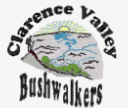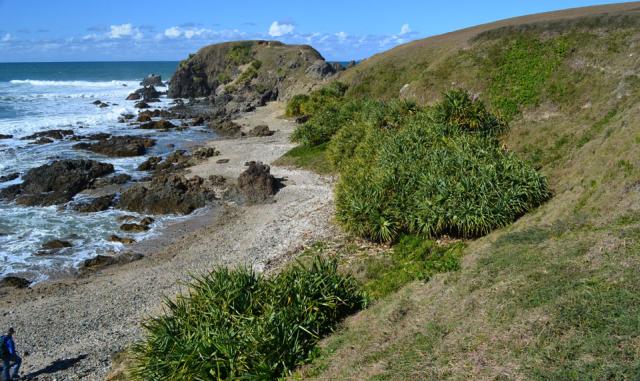

Moonee Beach Nature Reserve

Moonee Beach Nature Reserve
At Moonee Beach Nature Reserve, the rare and unique thrive: endangered bats roost in seaside caves, pockets of coastal rainforest thrive and pandanus trees flourish. Threatened and uncommon plant communities grow on the exposed headlands of Bare Bluff and the confidently named Look At Me Now headland. This place of magnificent scenic views and glorious coastline is the traditional homeland of the Gumbaynggirr people who value Look At Me Now Headland as an important and powerful Aboriginal heritage site.
There’s more to make the most of in this gorgeous part of NSW. Bring along your fishing rod, surfboard, diving gear or snorkel for the ocean or more sheltered estuary, which is part of Solitary Islands Marine Park and ideal for kids. Moonee is also a great place for picnicking, hiking, canoeing, birdwatching and seasonal whale watching. Keep your binoculars out for spotting white-
This powerful place
Look At Me Now Headland is significant to local Gumbaynggirr people as an important mythological site and a powerful place within their homeland. Evidence of everyday lives of Aboriginal heritage and its people remains in the form of middens, campsites, ceremonial sites and areas where stone axes were ground. The name Moonee comes from ‘Munim-
Settling in
The 1880s were a big decade for newcomers to the area and the history is fascinating. From 1884, South Solitary Island signal station was operated by the Dammerel family. Only a couple of years into what would become a 40-
Rare and threatened
Little bent-
Plants, animals and landscape
The reserve protects a great variety of vegetation communities, including spinifex, eucalyptus woodland, mangrove, blackbutt forest and coastal rainforest. A wetland is located in the northern part of the reserve, to the west of Fiddamans Beach.
Native plants
The four headlands in the park support the only known wild populations of the endangered plant Zieria prostrata. Rare plant communities also occur on the headlands, including dwarf heath, bare twig rush and headland grasslands. Open swamp Melaleuca woodland occurs along the western edges of the reserve. The sandy plain between Moonee Creek and the frontal dune is dominated by wet Banksia heathland. Small stands of casuarinas and eucalypts occur next to Moonee Creek.
Native animals
Eastern grey kangaroos are found throughout the reserve and swamp wallabies frequent the coastal rainforests and heathlands. 80 bird species are known, including 10 endangered species, such as sooty and pied oyster-
The park landscape: geology and landforms
The area consists of sedimentary rocks that have undergone low-
History in the park
Dammerel Memorial at Dammerels Headland referred to previously as Diggers Point acknowledges the contribution of the Solitary Island lightstation this statement was queried in state of the parks file. signallers to early maritime safety. Buried headstones near the walking track behind Shelley Beach mark the graves of victims of a shipwreck in 1886. Fiddamans Goldmine and associated workings were once located at Diggers Headland, but no traces remain. Little physical evidence now remains of the sand mining and grazing which occurred prior to the nature reserve being gazetted in 1976.
© State of New South Wales through the Office of Environment and Heritage
Click the link for more information about Moonee Beach Nature Reserve
Walking to “Look at Me Now” headland

Photos of Moonee Beach Nature Reserve